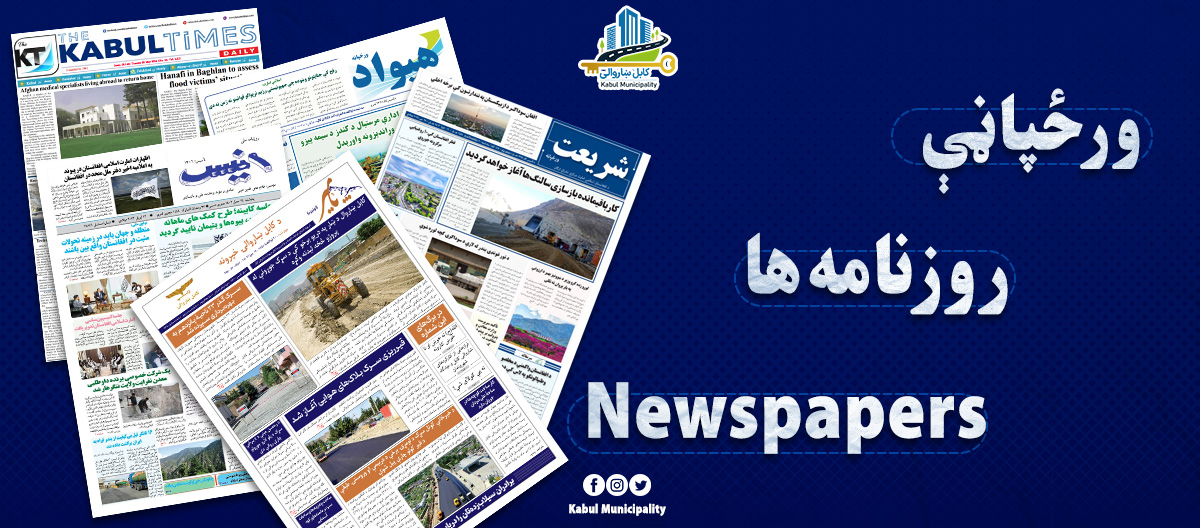Kabul University: A Pillar of Higher Education in Afghanistan
Kabul University, as the first institution of higher education in the country, has, over time and since the beginning of its operations, trained and provided the nation with professional and skilled individuals in various fields. To learn more about when Kabul University was established, which faculties it started with, and who its first professors were, a reporter from Pamir spoke with Professor Kabir Nezami, a longtime faculty member of the Faculty of Language and Literature. Here is a summarized version of that interview:
Kabul University was founded in 1311 Solar Hijri (1932 CE). The first faculty to begin its activities was the Faculty of Medicine. At that time, only two professors began teaching students: Professor Dr. Mohammad Qais Malakzada and Aminullah Taheri. Their first class had only 16 students. Among the first graduates were:
-
Mohammad Ismail, an eye disease specialist
-
Abdul Rahman Mahmoodi, a neuropsychiatric specialist
-
Faqir Mohammad Bakhshi, an internal medicine specialist
The first dean of the Faculty of Medicine was Dr. Mohammad Osman Anwari, who managed the faculty.
Later developments included:
-
1317 SH (1938) – Establishment of the Faculty of Law and Political Science
-
1321 SH (1942) – Establishment of the Faculty of Natural Sciences
-
1323 SH (1944) – Establishment of the Faculty of Literature and Humanities
These faculties initially operated under the Ministry of Education. However, in 1325 SH (1946), Kabul University became an independent institution under the newly established Ministry of Higher Education.
By 1327 SH (1948), female students also began enrolling in Language & Literature and Science faculties. Further expansions included:
-
1330 SH (1951) – Faculty of Islamic Studies (Shari’a)
-
1335 SH (1956) – Faculties of Agriculture and Engineering
-
1340 SH (1961) – Faculty of Veterinary Science
Notably, in 1333 SH (1954), Teacher Training became part of Kabul University, and in 1336 SH (1957), the Institute of Economics was established. Over time, additional cultural and professional institutions such as Higher Teachers’ Colleges, Schools of Fine Arts, and Darul-Uloom Arabia were incorporated under the framework of higher education.
Current Faculties
Kabul University currently includes the following faculties:
-
Medicine
-
Science
-
Literature
-
Law and Political Science
-
Islamic Studies
-
Engineering
-
Economics
-
Social Sciences
-
Agriculture
-
Journalism
-
Fine Arts
-
Geology
-
Computer Science
-
Psychology
-
Veterinary Science
Each of these faculties continues to produce skilled professionals in their respective fields.
Kabul University has legal personality and is officially represented by the university's President. Administratively and financially independent, it operates under the authority of the Ministry of Higher and Technical Education.



